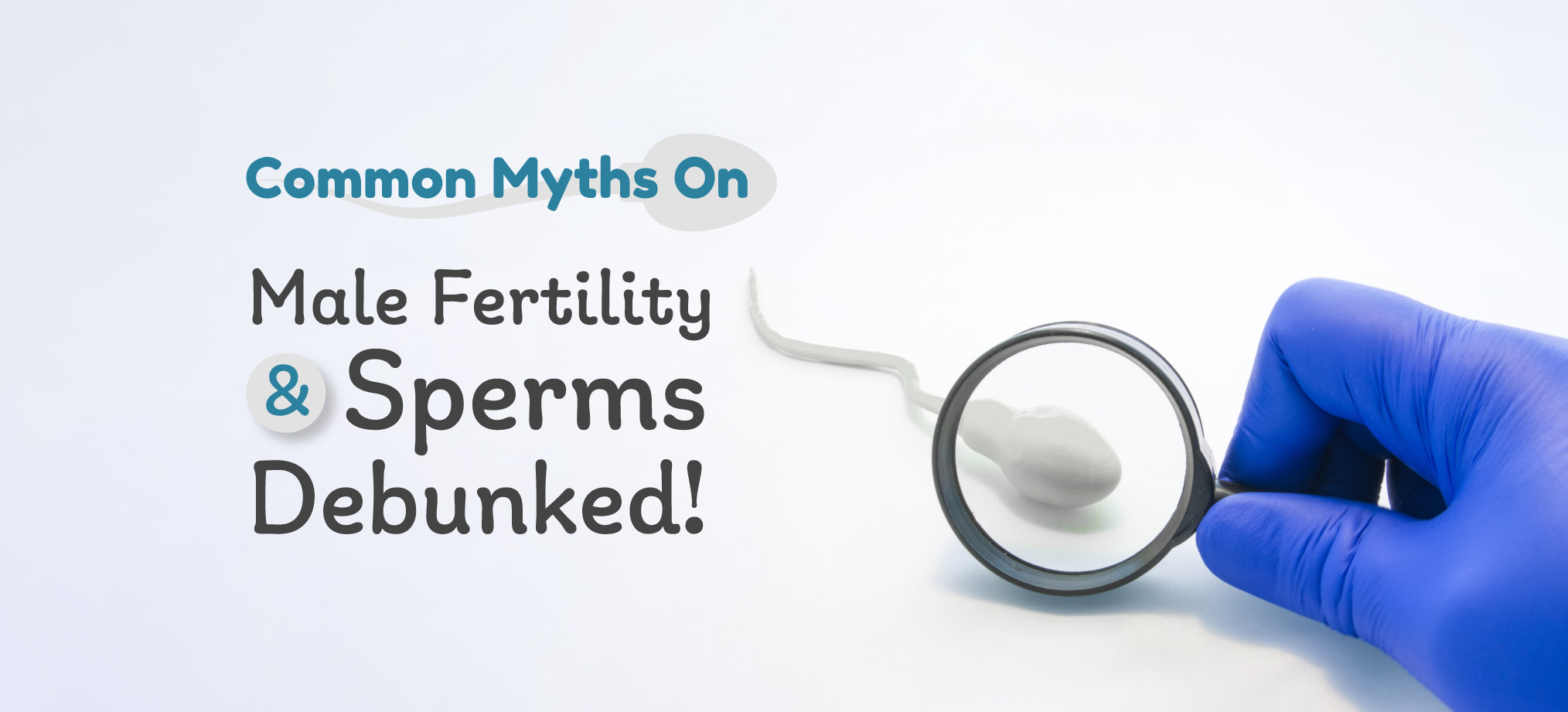- Home
- Blog
- Men's Grooming
Are Obesity & Smoking The Reasons For Heart Attacks & Stroke In Men?
Men's Grooming
Are Obesity & Smoking The Reasons For Heart Attacks & Stroke In Men?
By Apollo 24|7, Published on- 30 January 2023
Share this article
0
0 like

Did you know, cardiovascular diseases (CVDs) like ischaemic heart disease and stroke are responsible for 17.7 million deaths around the world? According to the data collected by the World Health Organisation (WHO), India accounts for a fifth of these deaths globally. Research suggests that cardiovascular diseases strike Indians 10 years earlier than the population of western countries, increasing the premature mortality rate from 23.2 million in 1990 to 37 million in 2010. Keeping facts and figures aside, the steep rise in the deaths caused by CVDs in India has become a major concern.
The Number of CVD Deaths in India is Higher in Men!
A study showed that in their lifetime, men are twice as likely to have a heart attack as compared to women. Moreover, men are at an increased risk of getting a heart attack earlier in life. The research found that the average age for heart attacks in men is 66 as opposed to 70 in women. Another study found that the number of sudden cardiac deaths is three to four times higher in men than women. Also, nearly 75% of all sudden cardiac deaths happen in men.
These numbers show a shocking difference between the effect of CVDs in men and women. One of the major reasons behind this is that till the time they have their menstrual cycles, women possess hormonal protection against heart attacks. However, as compared to women, more men tend to be smokers and have higher stress levels, causing hypertension and diabetes, both of which are primary risk factors for developing CVDs.
Furthermore, the size of women's hearts is typically smaller and some of the interior chambers have thinner partition walls. Due to this, women's hearts expel nearly 10% less blood per contraction despite pumping more quickly as compared to men's hearts. Also, the heart rate and blood flow in women increase under stressful conditions, whereas, the arteries of men's hearts narrow down under stress leading to increased blood pressure.
The Effect of Obesity and Smoking on Cardiovascular Health
Now that it has been established that the Indian male population is at an increased risk of CVD deaths as compared to the female population, it's essential to understand the major factors contributing to these dire circumstances. Conventional risk factors like hypertension, smoking, obesity and diabetes are associated with the prevalence of CVD deaths in Indian males.
Tobacco use is the largest reversible and modifiable risk factor that contributes to CVD. Notably, India is one of the largest consumers of tobacco worldwide. The prevalence of tobacco smoking in Indian men is 23.6%, which is much higher than the global prevalence of 22%. Smoking causes damage to the artery linings, resulting in a build-up of fatty compounds that put pressure on the blood flowing through these arteries.
Also, carbon monoxide in smoke decreases the oxygen levels in the blood making it harder for the heart to maintain the necessary oxygen levels. Moreover, the nicotine present in the smoke increases adrenaline production, which also makes the heart work harder. Tobacco also facilitates faster blood clotting, leading to blocked passageways and hampered blood flow, causing increased pressure on the heart.
Another established risk factor for CVD is obesity, which is a primary consequence of an unhealthy lifestyle and is highly prevalent among Indian men, especially those residing in urban areas. WHO defines obesity as the excessive or abnormal fat that accumulates, particularly in the abdomen. It is measured in terms of body mass index (BMI). Those with a BMI of 30 or above are considered obese. Everything from the increasingly sedentary lifestyle of Indian men to their unhealthy eating habits contributes towards the rise in obesity, and in turn, the increase in CVDs. If you need expert advice,
Medically reviewed by Dr Sonia Bhatt.
Services
Men's Grooming
Leave Comment
Services
Recommended for you

Men's Grooming
5 Essential Micronutrients Every Man In Their 40s Must Add To Their Daily Diet
As the name suggests, micronutrients are needed in small quantities by our bodies but that mustn't undermine their crucial role in the foundational functioning of our bodies. Read our blog to learn more.

Men's Grooming
Busting Common Myths About Sperm Production, Quality & Fertility In Men
Male reproduction is a topic that’s not much talked about and plagued by many myths and misconceptions. This blog covers the most common myths surrounding the subject and the facts behind them.

Men's Grooming
Stress Can Cause Erectile Dysfunction! Know The Association
Stress and anxiety can have a big impact on how your body functions and reacts to different stimuli. Research shows stress can even lead to erectile dysfunction. Read on to know more.
Subscribe
Sign up for our free Health Library Daily Newsletter
Get doctor-approved health tips, news, and more.

